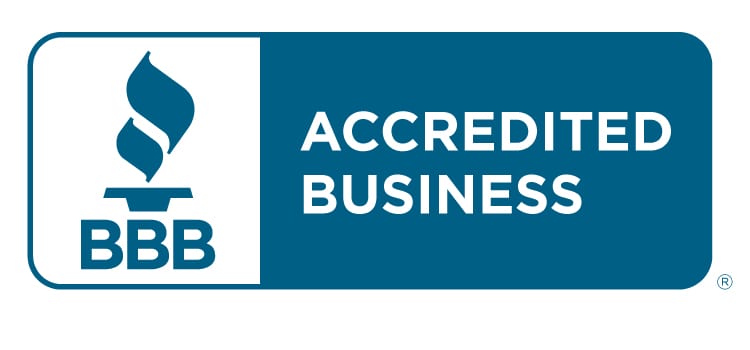
3 Ways to Master Personalized Marketing
Personalizing your marketing is a fantastic way to make more effective connections with prospects, leads and customers. It’s also an integral part of any modern marketing strategy, since research has proven time and time again that people are more likely to respond to personalized messages versus obvious mass emails.
Here’s why personalization works, plus three tips to make it work for you.
The Power of Personalized Marketing
Personalization is key for driving long-term engagement with current and prospective customers. It gives you an opportunity to provide email recipients with content and recommendations that you know will appeal to them, rather than throwing a bunch of stuff at the wall and seeing what sticks.
For example, if you know which products your audience has engaged with, then you can personalize content that speaks directly to the customer.
Need more convincing? A whopping 90% of U.S. consumers find personalized marketing appealing, and are more likely to make a purchase with a personalized experience.
3 Personalized Marketing Tips
You know the why, but what about the how? Use these tips to master personalized marketing and turn it into more sales.
- Look to your data – It’s hard to overstate just how crucial your data is for personalizing communications with your audience. Use both demographic and behavioral data in your efforts, and put out regular campaigns dedicated to keeping this information up to date.
- Bring the human element – Be conversational, friendly and empathetic in your messaging. While you’re at it, address all messages to the recipient’s actual name and sign off all emails from a real person with real contact information.
- Segment your audience – Different people have different needs and challenges based on where they are in the buyer’s journey. Keep these nuances in mind as you fine tune your marketing, using segmented lists to approach the right leads with the right content at the right time.
Want to know more? Get in touch and let’s talk.






